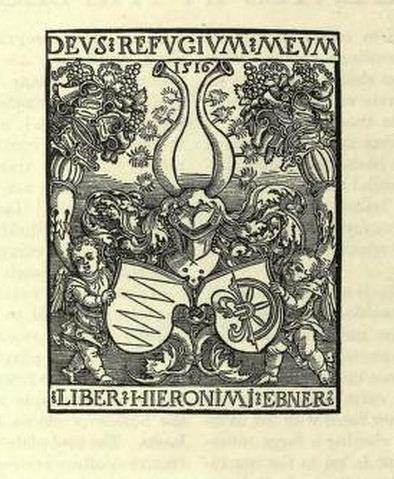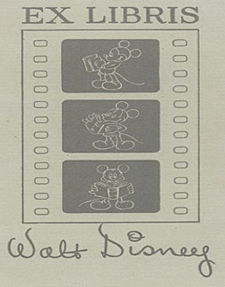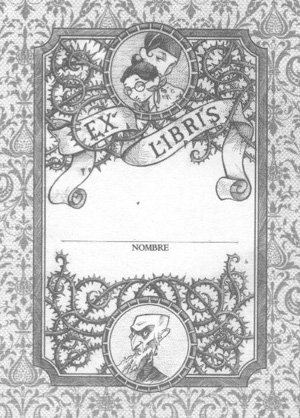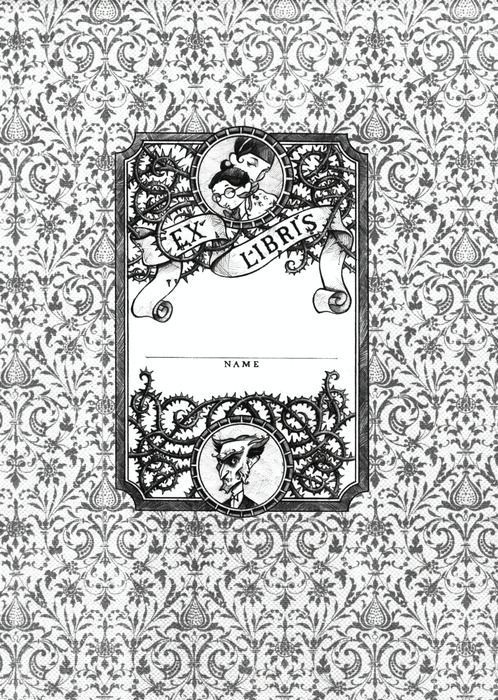I love reading for fun. I have at least five shelves full of books and then several boxes full of books because I ran out of shelf space. A couple of Christmases ago, I got a Kindle Touch, my first foray into the world of eBooks.
Here are my pros and cons of Kindles and eBooks:
PROS:
- I have access to most of my Kindle library anywhere I go. I find I do most of my reading on the Kindle app on my iPhone or iPad, because I always have one of both of those devices with me. I don't have to carry around a physical novel, and if I finish one, I can pick another instantly. You can also read books from your Kindle library online or on a desktop application on a computer. I don't use my actual Kindle much because I like carrying as few things as possible.
- My Kindle and iPad both weigh less than a pound. Together, they don't weigh much over one full pound. I have around 50 books in my Kindle Library. The only way those same 50 books would weigh just over a pound as physical copies would be if they were very, very tiny and the pages were made out of tissue paper.
- Having access to my books at all times (since my phone is always on me) means I can read literally anywhere without having to have a physical copy of the book. I can read while waiting at the doctor's office, while I'm waiting for the doctor to see me once I'm in the room, in the car, under the covers without a flashlight, while eating dinner (and the "pages" are safe from spaghetti sauce stains!), and while waiting for food at restaurants.
- You can change the font size and style. On the Kindle apps, you can change the color of the pages (to black or sepia, if white hurts your eyes). You can highlight (in four colors on the apps), bookmark, and search for words or phrases throughout the book. It's all very handy.
- The book is delivered instantly. No leaving your house to go to the bookstore or waiting for the book to be shipped to you.
CONS:
- You can't buy Kindle books directly from the iPhone or iPad app. You can buy books from an actual Kindle, on Safari on an iPad, and of course from any Internet browser on a computer.
- I've noticed a couple typos and spacing issues in some of the digital copies of the books.
- Reading on a computer screen is bad for your eyes.
- I miss real book smells and turning real pages.
- "Print replica books" (it's like a .pdf style copy of the book; the pages look like the pages in the print copy) can only be read on an iPad, Kindle Fire, or computer.
- Not EVERYTHING is available as a Kindle eBook. I still have to buy physical copies on occasion.
- You miss out on the dust jackets and other beautiful elements of the book.
Even though Kindles are super convenient, nothing really beats turning real pages and the smell of a book. Kindles just smell like...electronics. And those don't smell good even when they're not about to catch fire. I usually go for Kindle books now though, just because they're convenient, especially for school. My iPad weighs less and takes up less space in my backpack than a stack of textbooks. I've gone digital, but physical copies of books will always hold a special place in my heart.









